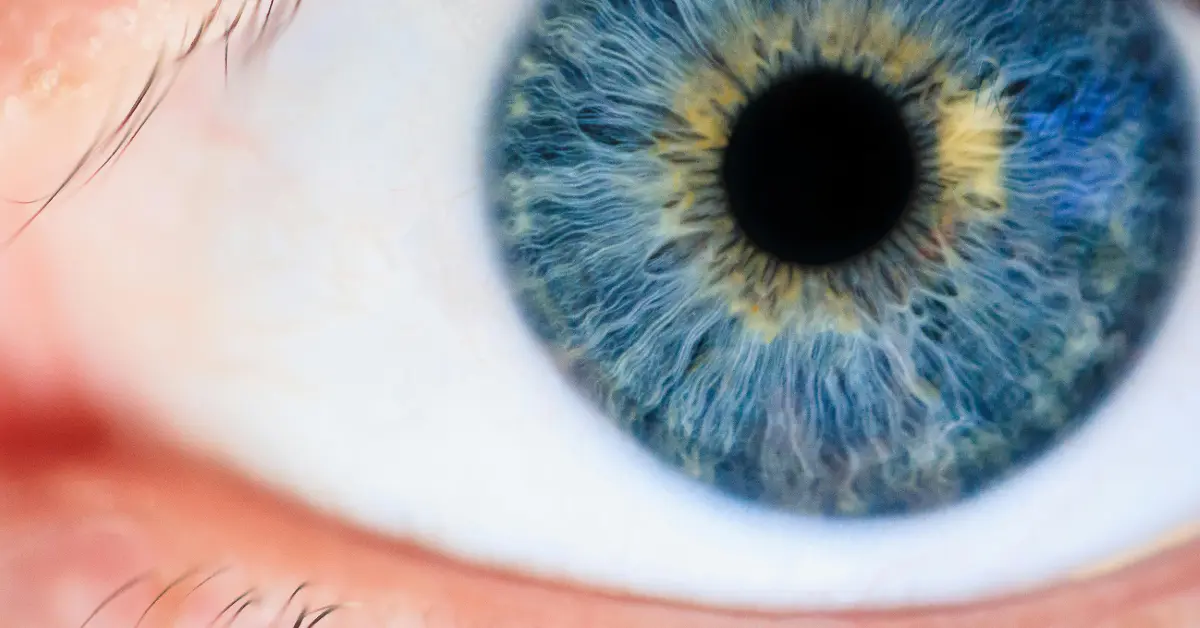As pet owners, one of the most common questions we ask ourselves is: “What colors can cats see?” While humans are accustomed to seeing a vast array of colours, our feline companions experience a more limited spectrum. Understanding how cats perceive colour is crucial for deepening our connection with them and appreciating their unique abilities. In this post, we’ll explore how cats see the world, what colours they can distinguish, and how their vision compares to that of humans.
Table of Contents
ToggleWhat Colors Can Cats See?
When we think about colour perception, we often imagine a world filled with vibrant hues. However, the question remains: What colors can cats see? Unlike humans, whose colour vision spans a wide range, cats are limited in the colours they can distinguish. Research suggests that cats primarily see shades of blue and green. They have difficulty perceiving red or pink, which likely appear as grey or darker shades to them.
The reason for this limitation lies in the structure of a cat’s eyes. While humans have three types of cones in their retinas, each sensitive to different wavelengths of light (red, green, and blue), cats have only two types of cones. This difference in cone cells reduces the variety of colours cats can perceive, making their colour vision much more restricted.
How Do Cats See Colour?
Understanding how cats perceive colour requires looking at their eye anatomy. Cats have two types of cones in their eyes, one that detects blue and another that detects green. This enables them to distinguish between blue and green hues, but not the full spectrum of colours we see. What colours can cats see? Essentially, they can differentiate shades of blue and green, and possibly some yellow hues, but colours like red, orange, and pink likely appear as muted or grey tones.
While cats’ colour perception is limited, it is perfectly suited for their survival. Their eyes are specialized for seeing in low light and detecting movement, which is far more important for a hunter than distinguishing between colours.
What Does a Cat’s Vision Look Like?
If you could experience the world through a cat’s eyes, it would be much less vibrant than what we see. What colours can cats see? Primarily blue and green, with everything else appearing as grey or shades of darker tones. Cats’ eyes have adapted to function in dim lighting, a characteristic that’s essential for nocturnal hunters. They have larger pupils that allow more light into the eye, and their retina is rich in rod cells, which are better at detecting light in low-visibility conditions.
This adaptation allows cats to hunt effectively at dawn or dusk, when light is minimal. Their eyes are designed to focus on small details, particularly movement, rather than a rich array of colours. In essence, while the world may not be as colourful for cats, their vision is optimized for their needs as hunters.
Visual Comparison: Cats vs Humans
To help visualize the differences in colour perception between cats and humans, here’s a table comparing how each perceives different colours:
| Colour | What Humans See | What Cats See |
|---|---|---|
| Red | Bright Red | Grey or Dark Grey |
| Green | Bright Green | Bright Green |
| Blue | Bright Blue | Bright Blue |
| Yellow | Bright Yellow | Muted Yellow |
| Pink | Bright Pink | Grey or Dark Grey |
As you can see, humans see a wide range of vibrant colours, whereas cats’ colour spectrum is limited. Red and pink colours, in particular, appear as shades of grey to cats.
How Do Dogs See Colour Differently Than Cats?
Like cats, dogs have a limited range of colour vision. Dogs also possess only two types of cones, allowing them to see shades of blue and yellow. However, their perception of colour is slightly different from that of cats. Cats are better able to distinguish between green and blue, while dogs are more sensitive to yellow hues.
This similarity in colour vision is one of the reasons why both cats and dogs are often described as colourblind in the sense that they perceive fewer colours than humans. However, both animals excel in other aspects of vision. Both species have an extraordinary ability to detect movement, even in low-light conditions, which is critical for their survival as hunters.
How Does a Cat’s Vision Compare to Human Vision?
Human vision is defined by three types of cones, each sensitive to red, green, and blue wavelengths. This enables us to see a wide range of colours, from the vibrant reds and oranges to the cooler blues and purples. In contrast, cats’ vision is more limited. With only two types of cones, they see primarily blue, green, and some yellow hues.
However, cats’ night vision is far superior to ours. Their eyes are adapted to see in low-light environments, which is vital for hunting at dusk or dawn. Cats have a higher number of rod cells in their retinas, which are better suited for detecting light in dim conditions. This adaptation allows them to see well when we cannot.
Are There Other Visual Differences Between Cats and Humans?
Aside from colour vision, there are several other notable differences between cats’ and humans’ vision. One of the most significant is their field of view. Cats have a wider field of vision, typically around 200 degrees, compared to the 180 degrees that humans can see. This wider field allows cats to be more aware of their surroundings and is useful when spotting both predators and prey.
Additionally, cats have better peripheral vision. This enhanced peripheral vision helps them detect motion even at the edges of their field of view, an important ability for stalking prey and staying alert to potential threats. While humans are more focused on what’s directly in front of them, cats are continually aware of their entire environment.
Why Do Cats’ Eyes Work Like This?
The way cats’ eyes are structured is a direct result of their evolution. As crepuscular hunters—most active during the twilight hours of dawn and dusk—cats’ eyes have adapted to help them thrive in low-light conditions. While their limited colour perception might seem like a disadvantage, it’s actually a trade-off for their superior night vision and motion detection abilities.
For cats, seeing in low light and detecting movement is far more important than perceiving a broad range of colours. These adaptations allow them to be effective hunters, capable of spotting even the slightest movement in near-darkness.
Conclusion
In conclusion, while cats cannot see the world in the same vibrant colours that humans can, their vision is perfectly suited to their needs as hunters. What colors can cats see? They primarily perceive blue, green, and some yellow hues, while colours like red and pink appear as grey or muted tones. Cats’ eyes have evolved to excel in low-light environments, helping them to detect movement and focus on small details rather than the rich array of colours we enjoy.
By understanding what colours cats can see, we can better appreciate their unique vision and recognize the fascinating adaptations that make them the skilled predators they are. Despite their limited colour range, cats are perfectly equipped to navigate their environment and succeed in their hunting pursuits.
FAQs About Cat Vision
1. Which colors do cats see best?
Cats see best in blue and green hues. These colours are within the range that their two types of cones in the retina can detect. They can also distinguish some shades of yellow, but these colours are more muted for them compared to how we see them.
2. What color can not be seen by cats?
Cats have difficulty seeing red. Red objects likely appear as grey or dark grey to them. This is because their eyes lack the cones that are sensitive to the wavelengths of light that correspond to red.
3. What colors are cats attracted to?
Cats are primarily attracted to colours in the blue and green spectrum, as these are the ones they can perceive most vividly. They are also drawn to high-contrast objects, which is why certain shades of blue and green can catch their attention.
4. What are the three colors cats can see?
Cats can see blue, green, and yellow. However, their ability to distinguish these colours is limited compared to humans, and they may not see all shades of these colours as vividly as we do.
For more information about your cat’s eyes, including potential health concerns and treatment, check out our Cat Eyes: Causes of Dilated Pupils, Health Concerns & Treatment post.




